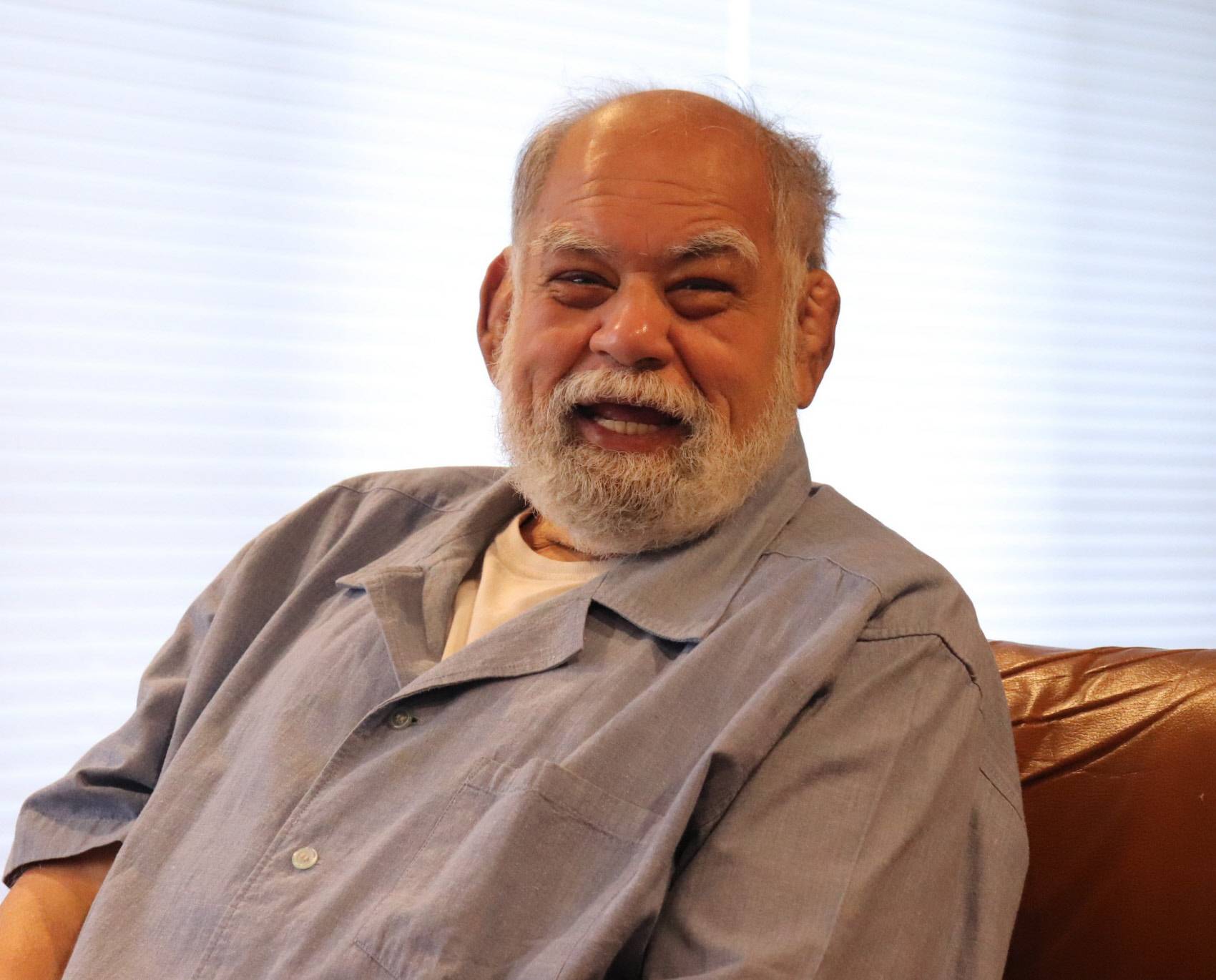The Nagoya Basho in July marks 50 years since Takamiyama, as a rank-and-file sumo wrestler from Hawaii, became the first non-Japanese to win the top-division tournament in the city.
1972 was a pivotal year, as it was when Okinawa was returned to Japan and when Japan and China normalized diplomatic ties.
Takamiyama, who was promoted to sumo's third-highest rank of sekiwake after the victory, later took Japanese citizenship and adopted the Japanese name Daigoro Watanabe.



















With your current subscription plan you can comment on stories. However, before writing your first comment, please create a display name in the Profile section of your subscriber account page.